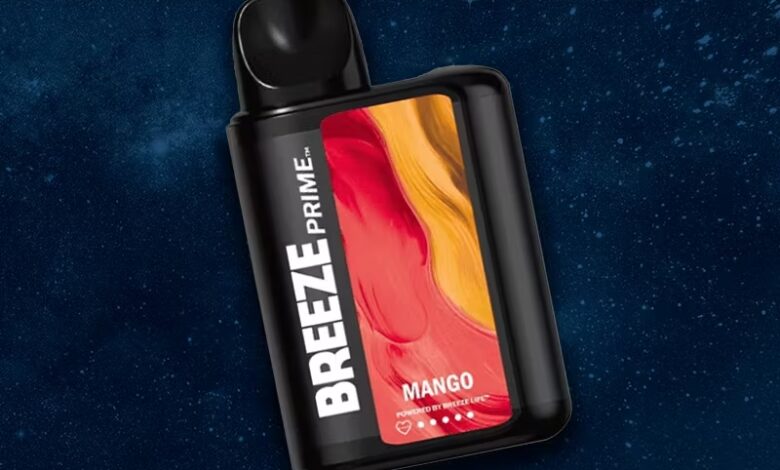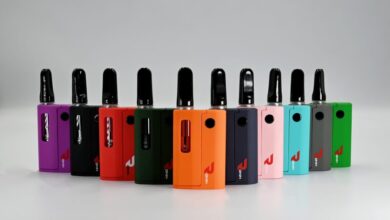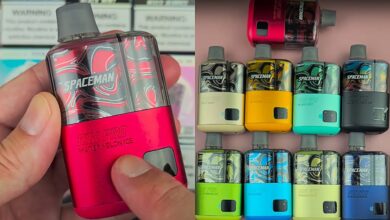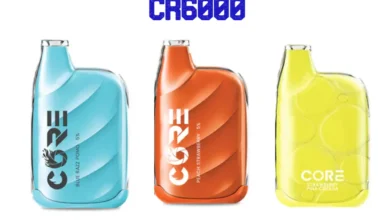Understanding the Popularity and Concerns Around Breeze Vape

The Breeze vape, a type of disposable e-cigarette, has emerged as a popular choice among vaping enthusiasts, particularly for its convenience and variety of flavors. However, its growing popularity especially among younger demographics, has sparked discussions and concerns regarding health implications, regulatory responses, and societal impacts. This article delves into what Breeze vapes are, why they have captured a significant market share, and the associated health and regulatory issues.
What is a Breeze Vape?
A Breeze vape is a disposable vaping device pre-filled with e-liquid, which typically contains nicotine, flavorings, and other chemicals. Unlike rechargeable e-cigarettes, Breeze vapes are designed for single use and can be discarded after the e-liquid runs out. They are known for their lightweight, compact design and ease of use, making them particularly appealing to individuals seeking a straightforward alternative to smoking traditional cigarettes or those new to vaping.
Why Are Breeze Vapes Popular?
1. Convenience: Breeze vapes eliminate the need for charging or refilling, appealing to users looking for a no-maintenance option. Their use-and-throw nature suits people who desire a hassle-free vaping experience.
2. Variety of Flavors: These devices come in a wide range of flavors, which is a significant draw, especially for younger users. Flavors like mango, berry, and mint make the experience more enjoyable and less cigarette-like.
3. Accessibility: Breeze vapes are often more accessible than other vaping products. They can be found in various retail settings, including convenience stores and gas stations, making them easy to purchase.
4. Stealth: The compact size of Breeze vapes allows for discreet use, which can be particularly attractive to users who prefer to vape without drawing attention.
Health Concerns
Despite their popularity, Breeze vapes, like other e-cigarettes, raise significant health concerns. The primary issue is the presence of nicotine, which is highly addictive and can harm adolescent brain development. Nicotine exposure can also lead to increased risk of future addiction to other substances.
Furthermore, the appeal of Breeze vapes among young people is troubling. The enticing flavors and marketing strategies may attract teens and young adults who might not otherwise smoke traditional cigarettes, potentially leading to nicotine addiction at a young age.
Regulatory Responses
In response to the rising use of disposable e-cigarettes like Breeze, governments and health organizations worldwide have begun to take action. For example, the FDA in the United States has been reviewing its approach to the regulation of flavored vaping products due to their appeal to minors. Some locales have already implemented bans or tighter restrictions on flavored nicotine products to curb underage vaping.
Environmental Impact
The disposable nature of Breeze vapes also poses environmental concerns. These products contribute to electronic waste, as they contain plastics, electronic components, and batteries that are typically not recycled. The environmental impact is becoming a part of the broader debate about the sustainability of vaping products.
Conclusion
While Breeze vapes offer a convenient and enjoyable alternative for smokers looking to quit traditional cigarettes, they also come with significant health, regulatory, and environmental concerns. It is crucial for potential users to understand these issues and for regulators to create policies that protect public health, particularly that of young people, while also addressing the environmental issues associated with disposable vape products. As the market for such products continues to evolve, ongoing research and dialogue will be essential to navigate the complex landscape of vaping’s benefits and risks.




